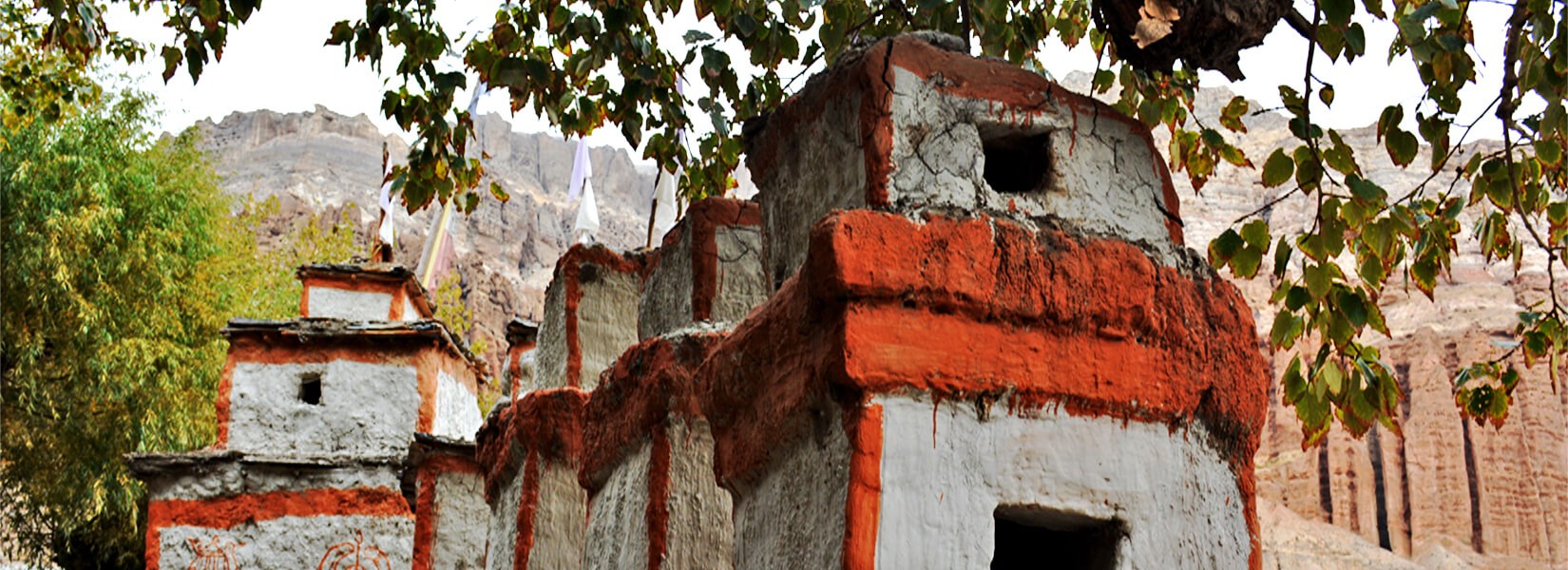The Upper Mustang trek starts with a drive or flight from Kathmandu to Pokhara. Pokhara is a beautiful city by a lake, about 200 kilometers west of the capital. It is known for its calm atmosphere, peaceful lakes and great views of the Annapurna and Machhapuchhre mountains.
If you take a drive, it takes about 6 to 8 hours by tourist bus or private car. The road goes along rivers, through small towns and over green hills. It is a nice way to see the countryside and enjoy a slower pace outside the busy city.
If you donot have much time, you can take a short 25 minute flight. On clear days, you will see amazing mountain views, especially the Annapurna range.
Once in Pokhara, you can walk by Phewa Lake, visit the World Peace Pagoda, or relax in one of the many lakeside cafes. This day helps you move from the busy life of Kathmandu to the calm of Pokhara. It is also a good time to check your trekking gear, buy anything you forgot, and get ready for the days of hiking ahead.





